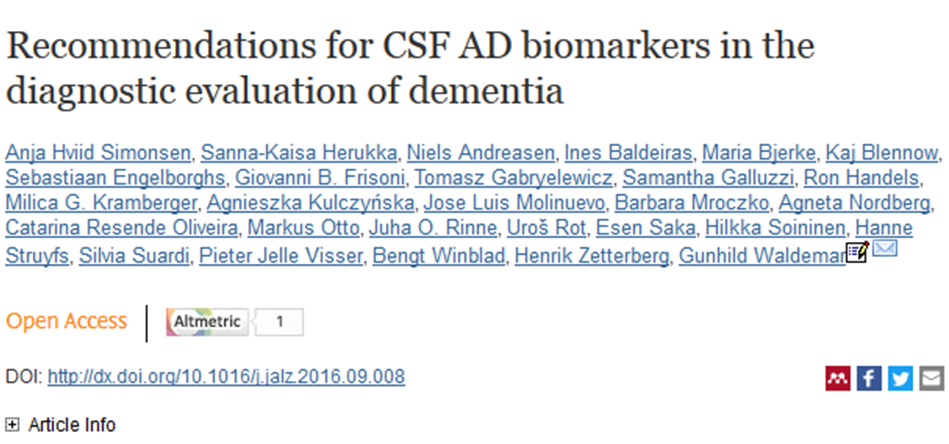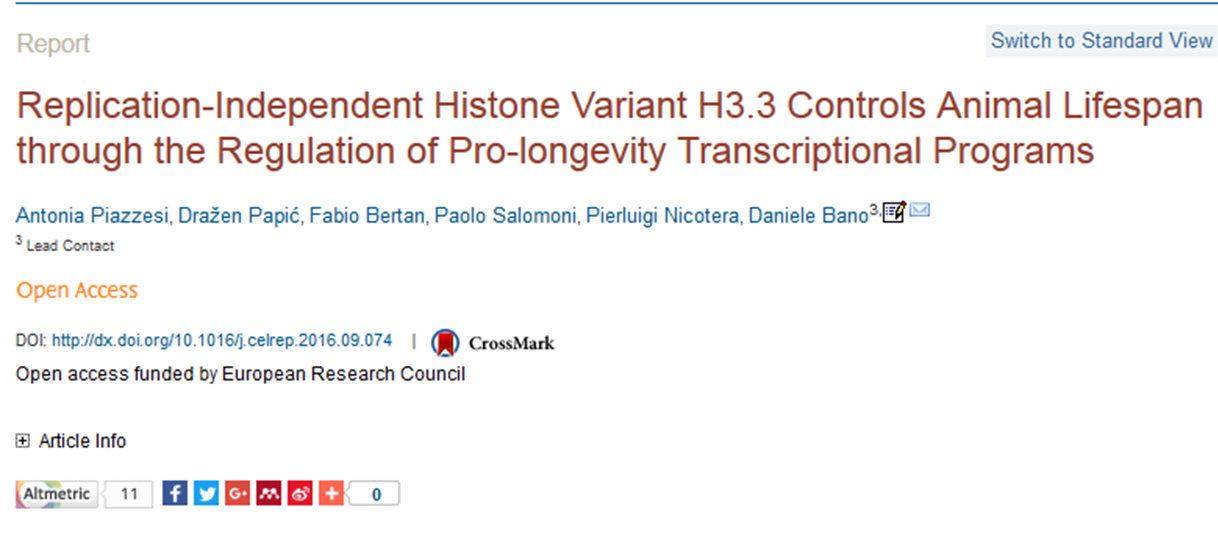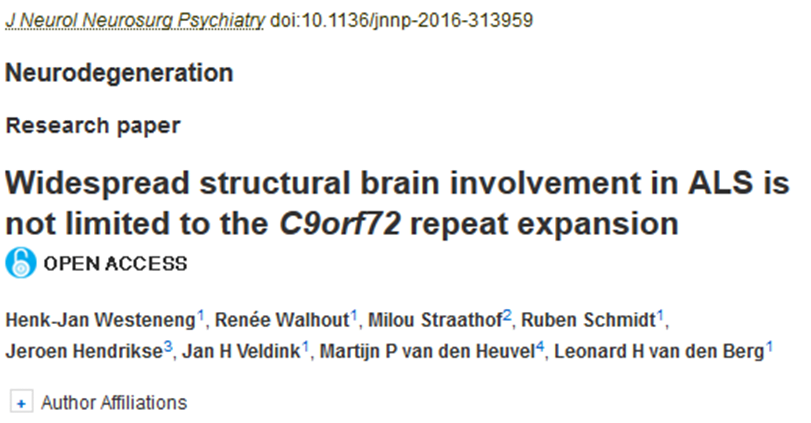Researchers have located an intracellular defect that they believe is probably common to all forms of Parkinson’s disease. This defect, which precedes the death of a group of nerve cells whose loss is the hallmark of the condition, plays a critical role in triggering that die-off.
Described in a study published in Cell Stem Cell, the defect renders cells unable to quickly dismantle their mitochondria when they wear out, stop supplying energy and start spewing out pollutants instead.
The most frequent genetic mutations responsible for familial Parkinson’s occur at various points along a gene coding for a protein called LRRK2. Until now, no one could clearly account for LRRK2’s connection to Parkinson’s.
The researchers showed that before faulty mitochondria can be decommissioned, they must first be detached from the cytoskeleton, a network of molecular filaments and tubules that spans and shapes most of our cells. Only after the mitochondria are detached can the cell destroy them. But this can’t happen, the team found, until a protein called Miro that anchors mitochondria to the cytoskeleton is severed.
The researchers discovered that Miro’s removal can occur only after LRRK2 forms a complex with Miro. Defective LRRK2 is impaired in forming this complex, resulting in significant delays in Miro’s removal.
When the researchers biochemically induced excessive free-radical production in the nerve cells, those from every Parkinson’s patient sampled — familial and sporadic alike — died in much greater numbers than equivalent cells derived from healthy patients.
The scientists discovered they could prevent the delay in Parkinson’s-derived nerve cells’ dismantling of faulty mitochondria, as well as forestall those cells’ untimely death in the face of free-radical onslaught. They performed a biochemical trick that reduced Miro levels in the cells. The reduction wasn’t enough to dislodge healthy mitochondria from the cytoskeleton, but it reduced their attachment intensities closer to the point at which detachment could occur. When the scientists then chemically induced mitochondrial damage, no increased mitochondrial drop-off or degradation took place in the nerve cells derived from healthy subjects. But in the equivalent LRRK2G2019S nerve cells, the previously seen delays pretty much disappeared — and far fewer of these cells died. Lowering Miro concentrations, in those cells, compensated for their Miro-chopping impairment.
This discovery could lead to not only more accurate but much earlier diagnoses of Parkinson’s disease and could also point to entirely new pharmacological approaches to treating it, the researchers said.
Paper: “Functional Impairment in Miro Degradation and Mitophagy Is a Shared Feature in Familial and Sporadic Parkinson’s Disease”
Reprinted from materials provided by the Stanford University Medical Center.




